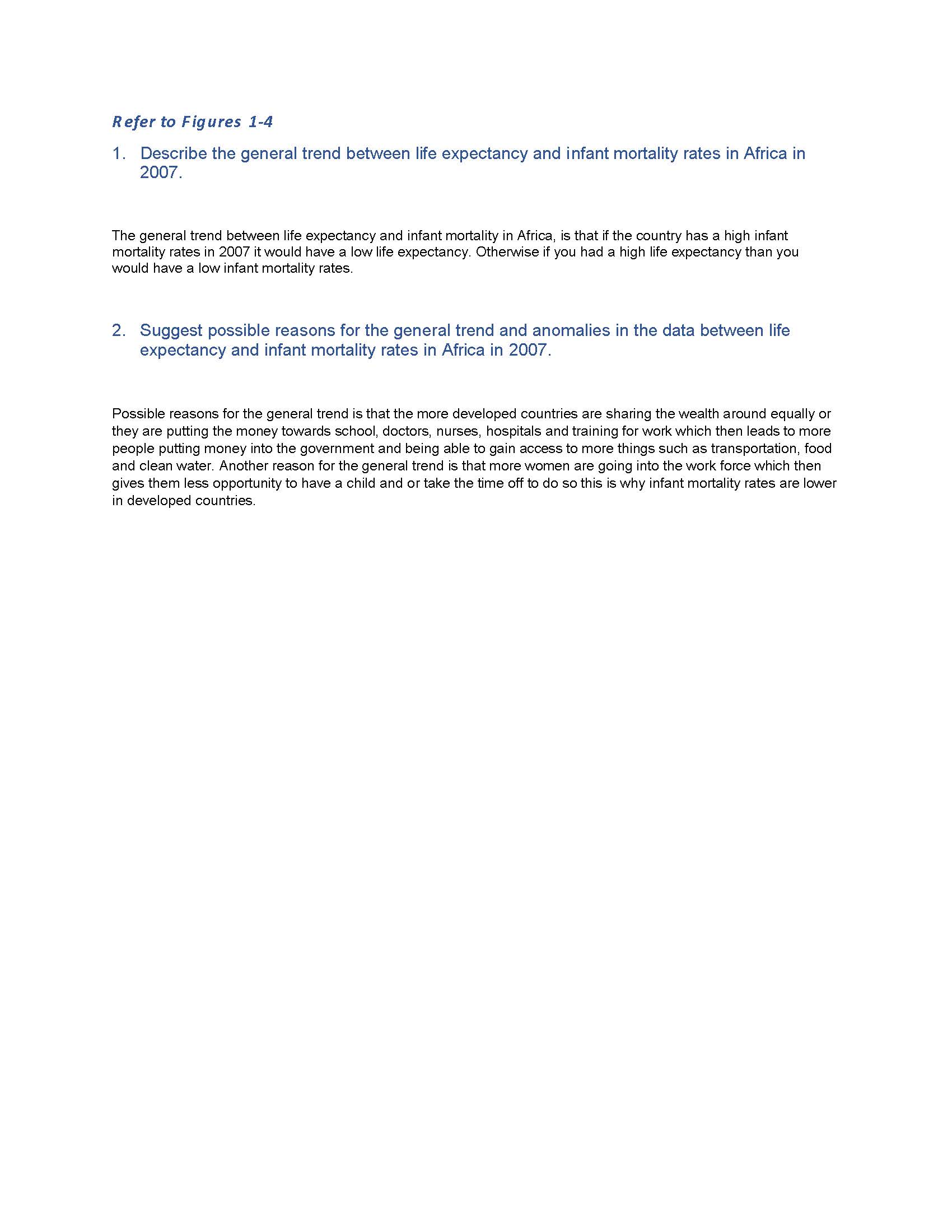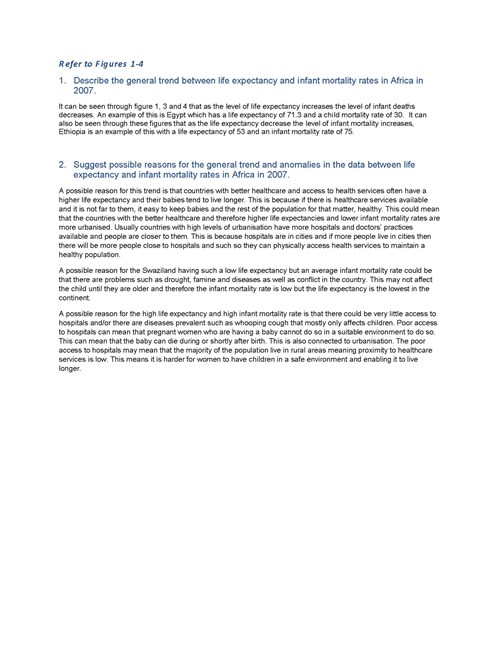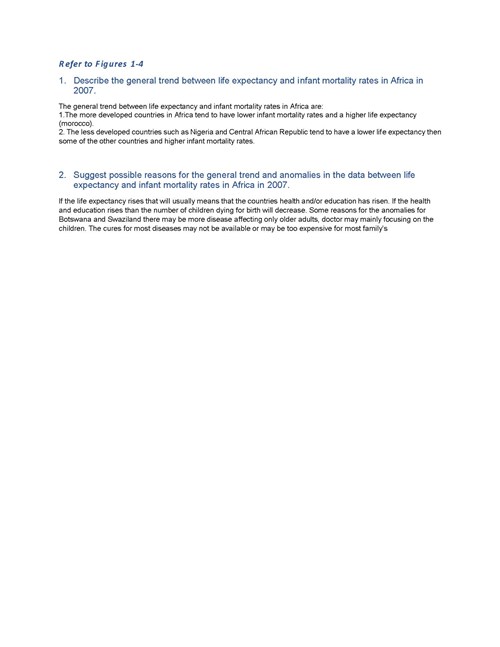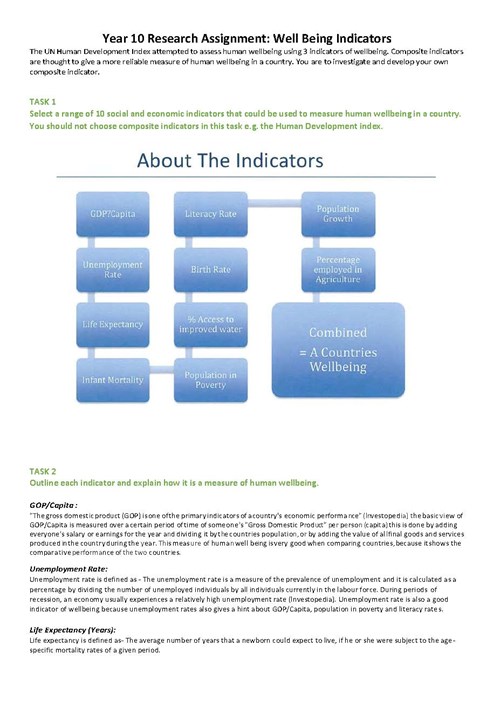By the end of Year 10, students explain how interactions between geographical processes at different scales change the characteristics of places. Students identify, analyse and explain significant interconnections between people, places and environments and explain changes that result from these interconnections and their consequences. They predict changes in the characteristics of places and environments over time, across space and at different scales and explain the predicted consequences of change. They evaluate alternative views on a geographical challenge and alternative strategies to address this challenge using environmental, economic, political and social criteria and draw a reasoned conclusion.
Students use initial research to develop and modify geographically significant questions to frame an inquiry. They critically evaluate a range of primary and secondary sources to select and collect relevant, reliable and unbiased geographical information and data. Students record and represent multi-variable data in the most appropriate digital and non-digital forms, including a range of graphs and maps that use suitable scales and comply with cartographic conventions. They use a range of methods and digital technologies to interpret and analyse maps, data and other information to make generalisations and inferences, propose explanations for significant patterns, trends, relationships and anomalies across time and space and at different scales, and predict outcomes. They analyse and synthesise data and other information to draw reasoned conclusions, taking into account alternative perspectives. Students present findings, arguments and explanations using relevant geographical terminology and graphic representations and digital technologies in a range of selected and appropriate communication forms. They evaluate their findings and propose action in response to a contemporary geographical challenge, taking account of environmental, economic, political and social considerations. They explain the predicted outcomes and consequences of their proposal.





